Complete Maintenance Systems Audit – Part 3b
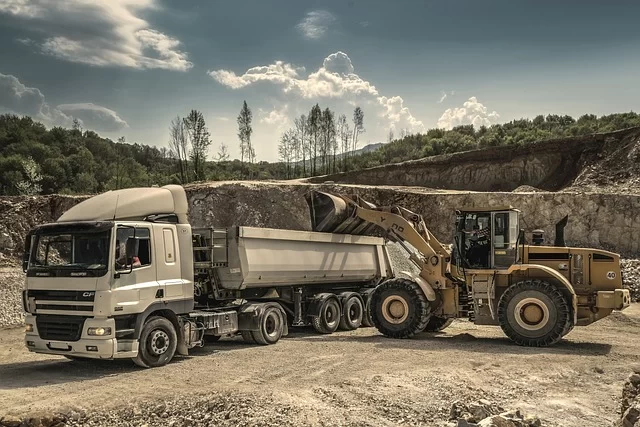
The article is intended to be read in association with:
Maintenance Systems Audit Part 1 (Master Data, Maintenance Strategy, Identify, Plan & Schedule Work)
Maintenance Systems Audit Part 2 (Work Execution Readiness)
Maintenance Systems Audit Part 3a (Execute Work – Shutdown Maintenance)
This article details the remainder of Module 6 (Execute Work – Routine Maintenance) & Module 7 (Complete Work)
Overview of executing and completing scheduled work.
The ultimate goal of fully planning work orders, approving those work orders to be included in a schedule, and approving a schedule is to execute this work in accordance with the schedule within the timeframe and budget allowed while causing no harm to anyone or the environment.
The approved work on the schedule must be completed as planned, and the manner in which the work is carried out is just as important as any progress made, which will be ensured by ‘planned task observations.’
All findings, inspection results and actual work completed must be accurately recorded.
The schedule must include agreed-upon safety and environmental targets, minimum quality standards, and any statutory, regulatory, or other legal requirements.
Section 1 – Execute Work – Routine Maintenance
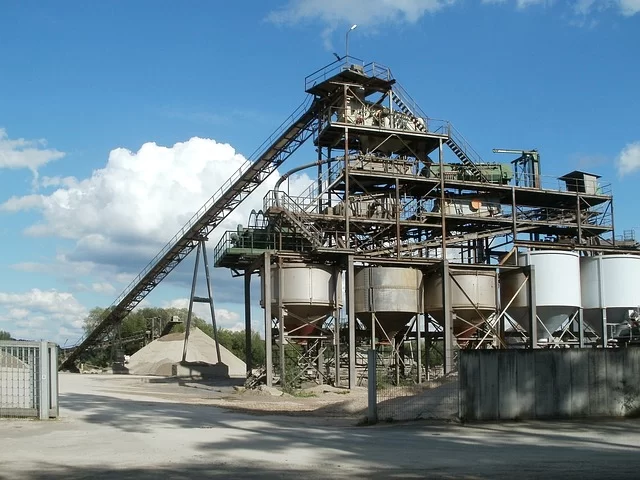
1. Was all of the preparation work completed on time? Was there any evidence of prep work planned for the previous shift or day being completed when the job should have begun?
2. Was the equipment to be worked on made available at the correct time from the schedule? Mobile Plant delivered to the wash-pad or workshop on time? Fixed Plant equipment prepared and cleaned correctly?
3. Were all the required resources onsite for the pre-start meeting?
4. Were all spare parts obtained and checked before starting work?
5. Were there any ‘safe access’ issues for the equipment that needed to be worked on? Ongoing instances of scaffolding or EWPs being used to gain access to routinely worked-on equipment, where access platforms should be designed and installed?
6. Were all the hazards associated with the task adequately identified? JHA’s being used when required, personnel using STOP type personal safety assessments?
7. Is the supervisor updating the status code of Work Orders to indicate that the job is in progress once the work has begun?
8. If scheduled work does not begin on the scheduled day, are the reasons documented in the work order? This could be a delay code (or something similar) or comments being entered.
9. Is work being delegated to individuals on the work orders and tasks? Is it possible for tradespersons to review their upcoming workload within the CMMS?
10. Is the completion of opportunity maintenance tasks onsite in accordance with certain criteria that determine what can and cannot be performed in this manner? Are those tasks documented in the CMMS and reviewed/discussed?
11. When work orders reach a certain level of complexity, are work-packs provided and used by the execution team? Is there a set of criteria for determining the complexity of a work order?
12. When jobs span multiple shifts, are job progress details and any comments for the upcoming shift entered into work orders? If not, is this due to a lack of functionality in the CMMS or to something else?
13. Are the task duration and resource estimates on work orders (number of people and hours assigned) sufficient to complete the jobs efficiently? When this information is incorrect, are work orders marked up by the tradesperson, reviewed by the supervisor, and then sent to the maintenance planner?
14. When ‘out of scope’ work is identified, is the risk of that work assessed and approved before it begins? Is there any evidence of low priority ‘out of scope’ work that has extended the completion time of scheduled work that could have safely waited until the next schedule period?
15. Is a risk-based assessment date change procedure followed when a Safety, Statutory, or Regulatory work order must be postponed beyond its compliance start/finish timeframe?
16. Are there daily work status meetings to discuss schedule progress? Are both the difficulties and the successes discussed?
17. Is the approved schedule being adhered to?
18. Are work pack errors being captured as the job progresses and relayed to the supervisor?
19. Are labour hours recorded against the correct work order, or, if the work order contains multiple tasks, are the hours recorded against the correct task?
20.Have all of the necessary materials and contract requirements been assigned to the work order? Were allocations for multiple task work orders recorded against the correct task?
Section 2 – Completion of executed Work Orders
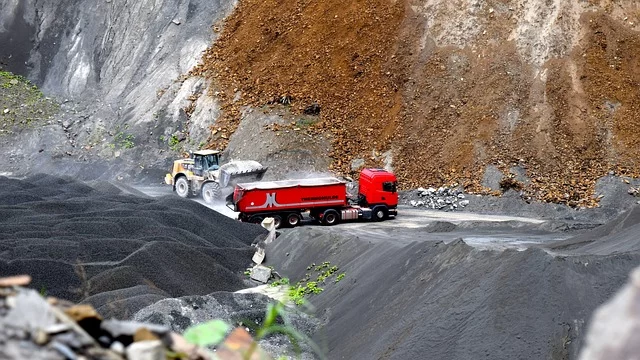
1. Is the status of completed work orders updated every shift or once a day? Are tradesperson keeping work orders and failing to turn them in before going on rostered off days?
2. Are the details of the work performed recorded on the hardcopy of the work order as well as entered into the work order’s comments field? Is this information updated via personal electronic devices in paperless workplaces?
3. Is the supervisor reviewing and signing off on completed work-packs?
4. Do the completed work pack comments correspond to the work that was completed? For example, are complex jobs being summed up in a few words, “job was completed”?
5. Were all of the issues associated with the job’s planning captured on the work pack? Does the supervisor review these comments? Are these comments provided to the maintenance/reliability engineer if they are related to a maintenance strategy task? For corrective maintenance tasks, is this information going back to the maintenance planner?
6. Was any additional work identified? If so, was this work identified by both work pack comments and a work request raised in the CMMS?
7. Were all of the work pack documents that required annotation fully completed?
8. When the job is finished, are the unused spare parts returned to the warehouse? Were there any unused spare parts from previous jobs lying around the plant, workshop, or surrounding areas? Had these parts deteriorated and become potentially unusable due to the failure to return to the warehouse?





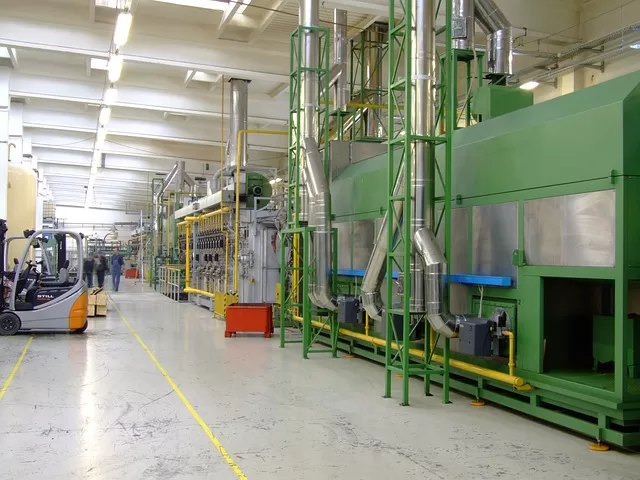

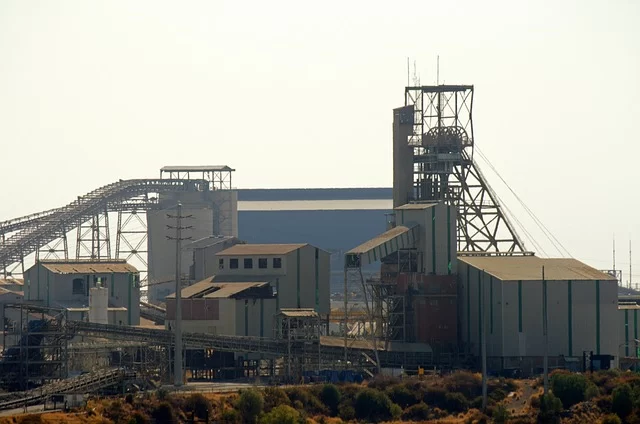
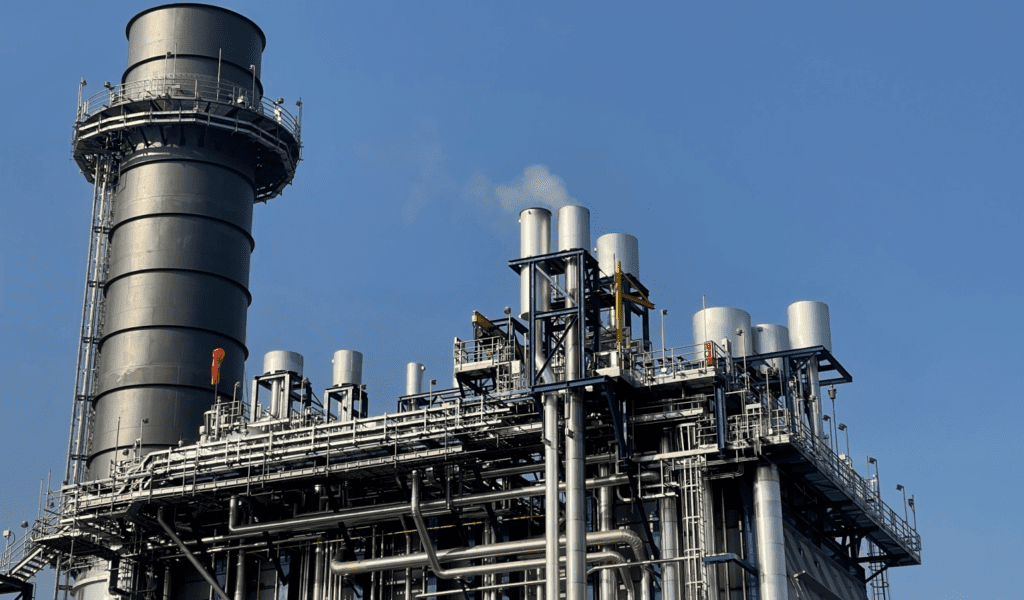
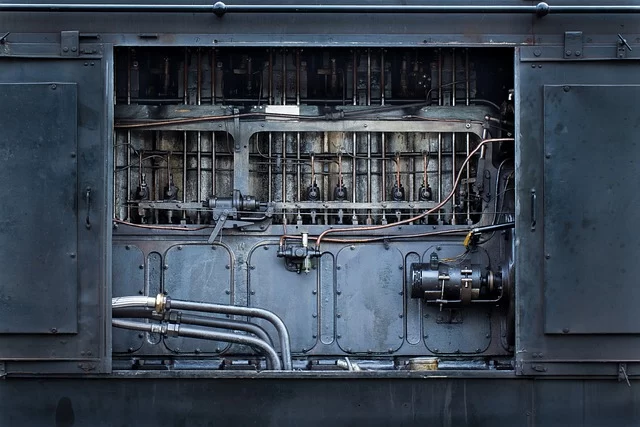
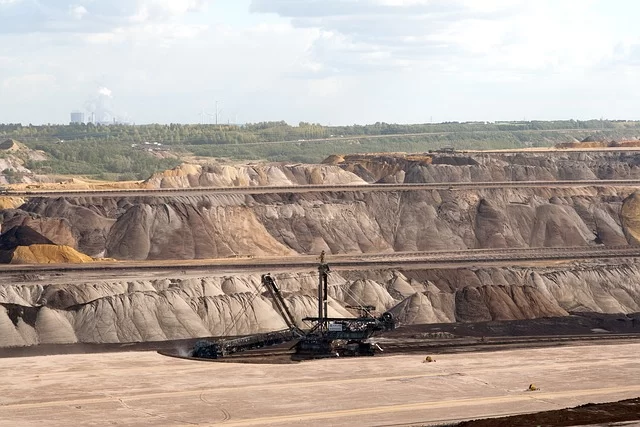
[…] Maintenance Systems Audit Part 3b (Execute & Complete Routine Maintenance) […]